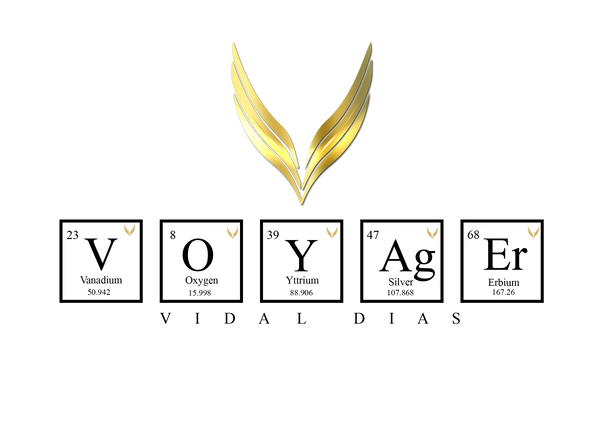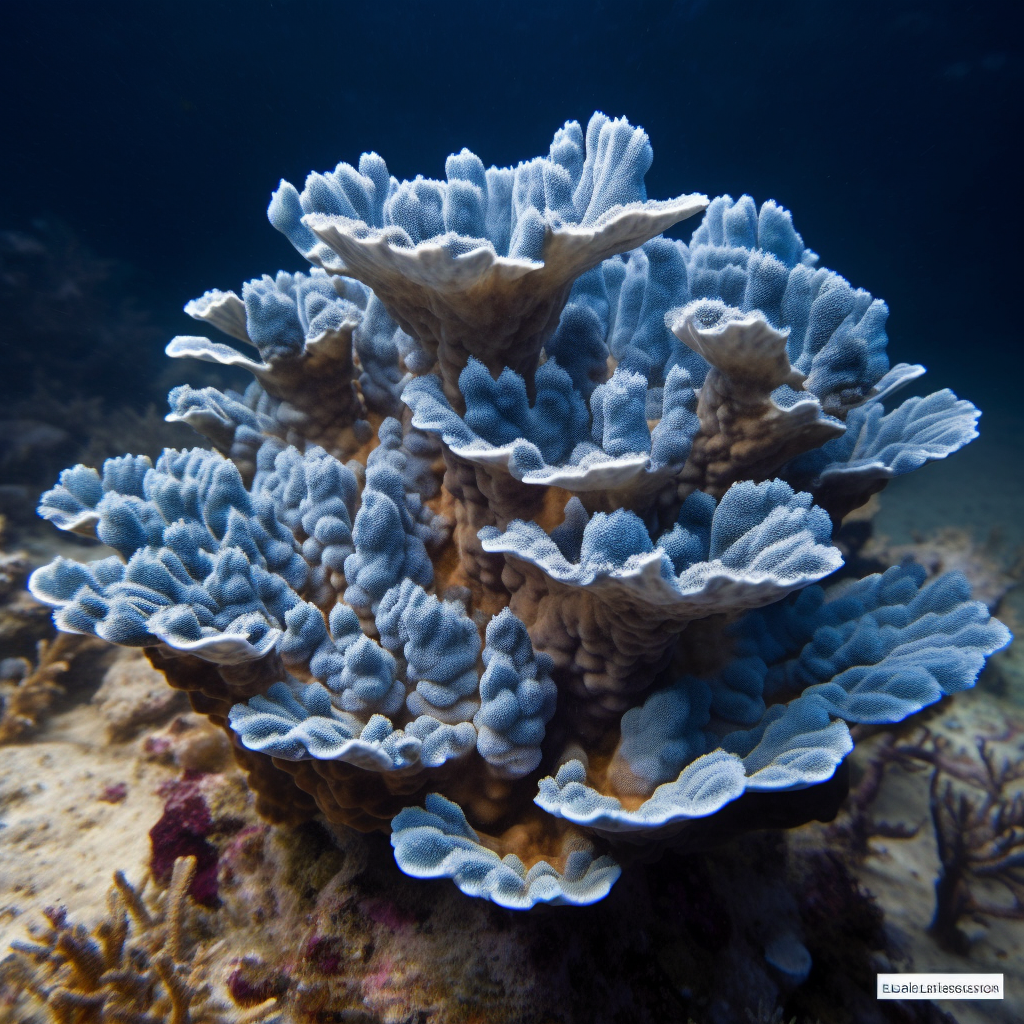Are you familiar with Blue Coral?
Heliopora coerulea is the only species in the family Helioporidae, and the only Octocoral known to produce a massive skeleton. Its aragonite-based skeleton is similar to that of scleractinia. If you're interested in marine biology, then this coral should definitely pique your interest!
One of the most notable things about Blue Coral is its distinctive blue coloration. In fact, it's sometimes called "Blue Ridge Coral" because of the bluish ridges that are present on the surface of its colony. However, the exact reason for this unique coloration is still unknown.
The coral is usually found in shallow waters of the Western Pacific Ocean, including the Great Barrier Reef, Papua New Guinea, and Indonesia. It prefers warm, clear waters with moderate currents, and is often found in areas with low light levels.
As a colonial species, Blue Coral is made up of many individual polyps that are interconnected by a fleshy tissue. The coral can grow to a maximum size of about 80cm in diameter, and each polyp has eight tentacles, which it uses to capture food from the water.
One of the most fascinating things about Blue Coral is the structure of its skeleton. Unlike most other Octocorals, Blue Coral produces a massive, continuous skeleton. This means that individual polyps don't have their own individual skeletons, but rather share a single structure with all other polyps in the colony. The aragonite skeleton is responsible for providing support to the colony, as well as protection against predators and the physical forces of the environment.
Unfortunately, like many other coral species, Blue Coral is threatened by human activities such as climate change, overfishing, and pollution. The loss of coral reefs not only affects the coral themselves, but also the countless other marine organisms that rely on them for survival
.
Blue Coral is a fascinating and unique species of coral that is worth learning about. Its massive skeleton, distinctive blue coloration, and complex colonial structure make it a fascinating subject of study for marine biologists and enthusiasts alike. However, it's important to remember that these beautiful creatures are under threat, and we all have a role to play in protecting our oceans and the organisms that call them home.
The Neso + Vitalis collection blue coral design was inspired by this magnificent being. Click the link to check out my full collection.

